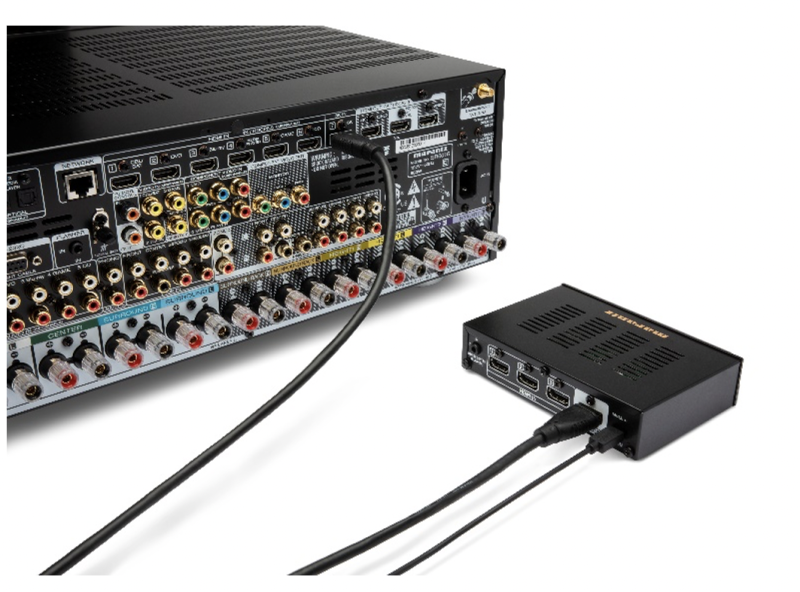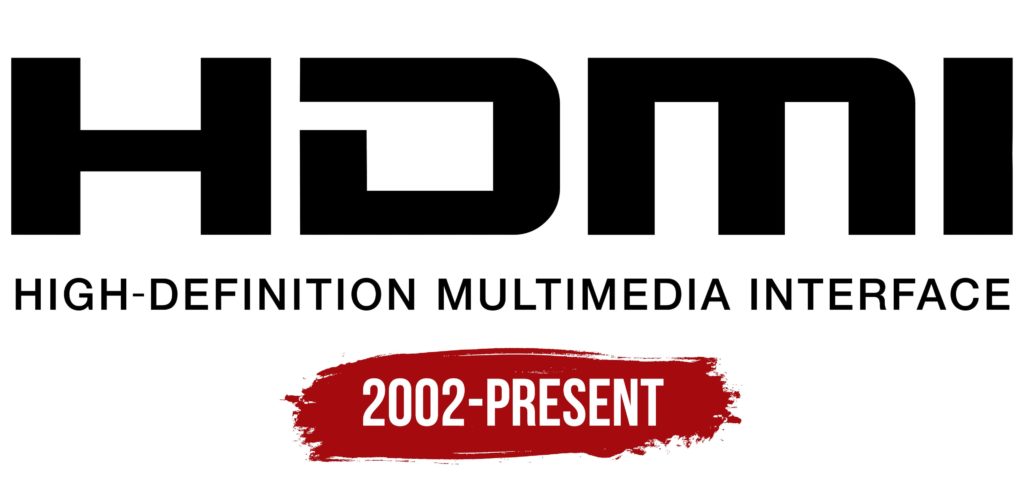HDMI Announces HDMI 2.1a
HDMI 2.1 was announced way back in 2017 but didn’t exist, in reality, until 2021. AV manufacturers have struggled with this new standard, and it’s been a mixed bag of solutions, including external HDMI boxes, promised future firmware updates, and (finally!) AV receivers with more than one HDMI 2.1 port (albeit probably not at the full 48Gbps speed). But wait! There’s more! The HDMI group has announced an update to HDMI 2.1a! Because that won’t make things any less confusing.

HDMI 2.1 Recap
So for those who don’t want to read my articles on some of the features of HDMI 2.1, let’s recap. HDMI 2.1 is a higher bandwidth release of the high-definition multimedia interface (HDMI) cable. Whereas HDMI 2.0 would pass through 18 Gbps of data, 2.1 will pass through the 48Gbps of data needed for 4k and 8k content. It also has many features that will appeal to gamers and other enthusiasts.

HDMI 2.1 Features
- Dynamic HDR
- 48Gbps bandwith
- eARC
- Variable Refresh Rate (VRR)
- Auto Low Latency Mode (ALLM)
- Quick Frame Transport (QFT)
- Quick Media Switching (QMS)
- HDMI Cable Power
What’s New with HDMI 2.1a?
As the moniker “a” suggests, this is only a minor update to the new HDMI 2.1 standard. Included are some tweaks to existing features such as power over HDMI and quick media switching. But at the heart of the update is Source-Based Tone Mapping (SBTM).
What is SBTM?
Source-based tone mapping lets the source and the display communicate with one another. With SBTM, the source can determine what the capabilities of the display are and create the optimum picture. This new protocol is particularly useful with the wide range of HDR capabilities offered across different manufacturers.
It will also appeal to next-gen gamers. Game creators will be able to create games or programs that utilize both HDR and SDR elements within the same program.
I can hear you rolling your eyes now, but hear me out. What if you have a game that has a lot of action on screen, but also has a fixed menu or HUD on the side? Well, those two elements can be displayed in HDR and SDR on the same screen. This means that you can focus your effort and FPS on the main elements on the screen. Same with boring windows within your OS. If you are working or watching HDR on one window but displaying text on the other, it can adjust to show both in their proper context.
HDMI 2.1a also has applications for streaming services as well. They can create menus or thumbnails in SDR while maintaining HDR for the main video content. Not super exciting, but very cool from a technical aspect.
Because this is a protocol, it’s up to each manufacturer to decide how they will implement this, if at all. So basically, the source company can make the tone mapping as elaborate or as basic as they want before the source sends it to the display.
Can You Update Firmware?
That’s the million-dollar question. As with everything AV, it’s a flip of the coin. Some of the newer HDMI boards “should” be able to receive a firmware upgrade to the new protocol. First-gen HDMI 2.1 boards will need replacing, or more likely, will skip the update entirely.
Our Take
While just an incremental update to the HDMI 2.1 standard, SBTM has excellent potential uses and should allow content makers to add fantastic elements to upcoming games, programs, and streaming services. Until we see the actual implantation of HDMI 2.1a, I wouldn’t be holding off a new AV receiver (if you need one) to get “the next big thing.” Instead, I am waiting for a better implementation of the HDMI 2.1 standard. HDMI 2.1a is just icing on the cake at that point!


